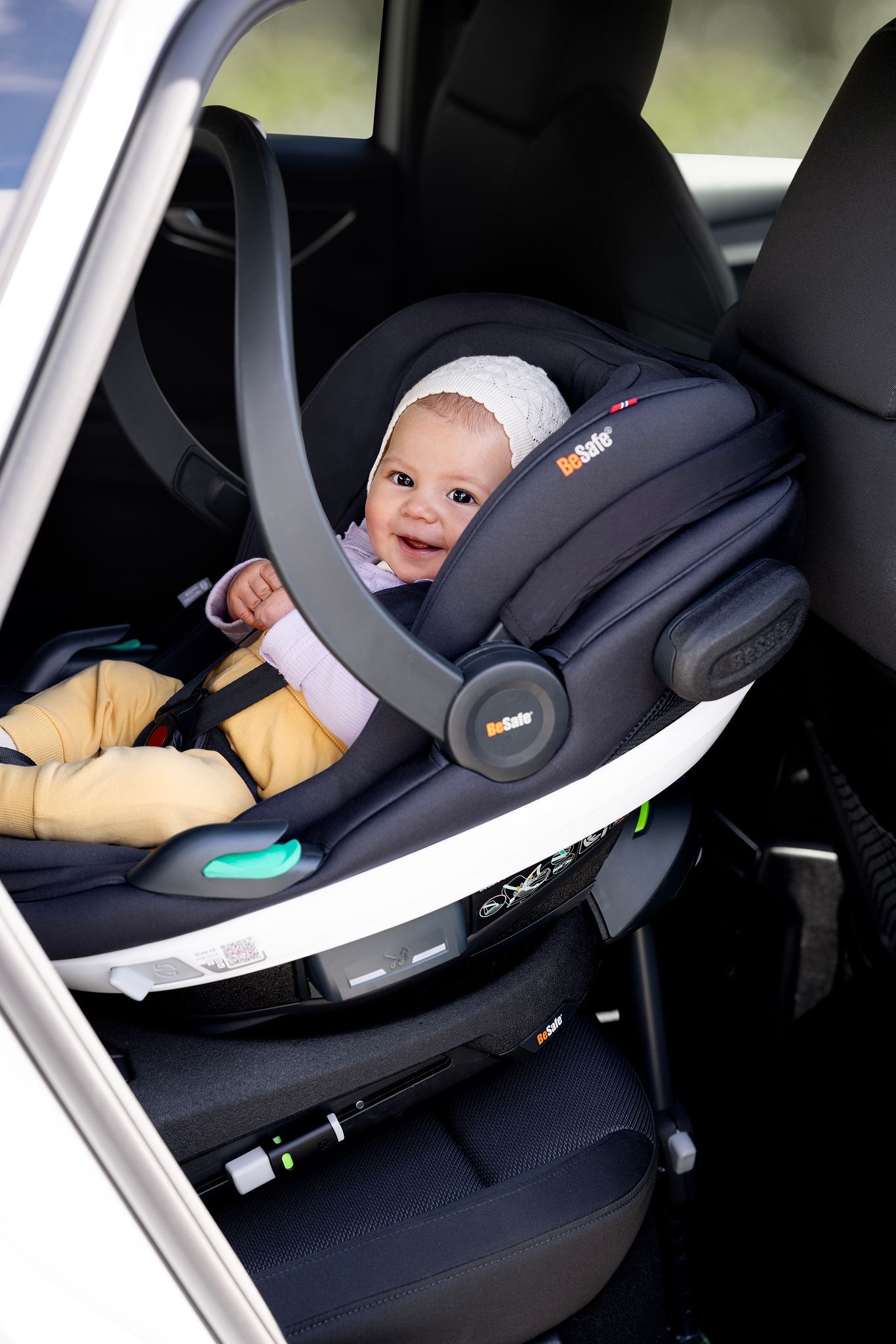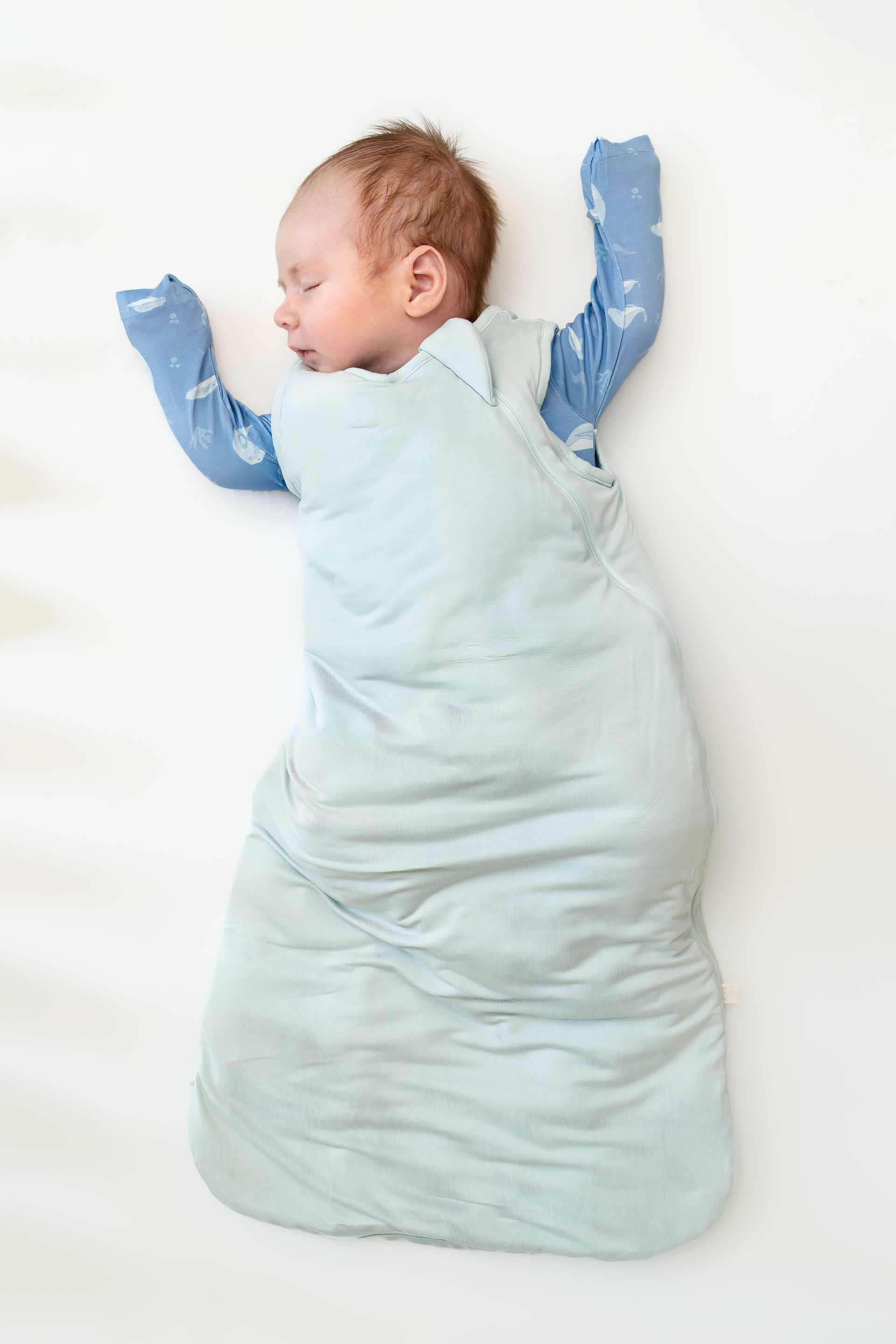The Truth About Naps
My 3.5 year old is sadly in the process of dropping his one and only nap. On days he naps, bedtime gets pushed later to an unacceptable hour for me, even if cut it as short as 30 minutes. And on days he doesn’t nap, he barely makes it through the day. He doesn’t completely fall apart but he might fall asleep on the couch at 4 pm. And if he doesn’t nap for 3 or 4 consecutive days, he doesn’t sleep well at night: he is agitated and wakes up in the middle of the night, refusing to go back to sleep.
Which made me think about naps in general. As a mom, naps are my little haven: it’s when I get to do all the things that I can’t do when my children are around, like shower. As a sleep consultant, naps are the variable that holds the key to the entire sleep equation!
This may not be the most scientific way to explain it, but there are just not enough hours in the night for a baby or child to get their fill of sleep. To gain good sleep habits, children need a good balance of night and day sleep in order meet their developmental sleep needs. While these needs change based on age, we generally see children struggle with naps that are too short, too long, too few, ill-timed or non-existent at all. So let’s look at the general profile of the different types of nappers and how to encourage them to take better naps. For you dear reader, you can just scroll down and find your particular napper and read more about how you can help him or her .
The one who always cat-naps:
Some babies, and even toddlers and pre-schoolers, continue to only take short 30-45 minute naps. This is not only too short for mommy to get anything done, it is also too short for baby to get the rest he or she needs. This is probably the most common nap issue experienced by parents.
First, lets take a look at how we sleep. Babies, and adults, sleep in cycles that are made up of different stages of light and deep sleep. All through the night (and naps), we move from one cycle of sleep to the next, and as we transition, there is a very brief period of partial arousal or awakening. For babies, that cycle is around 45 minutes long and gets longer as they grow older. So now you can see that a baby that only naps for 30 or 45 minutes is only sleeping through one sleep cycle and fully wakes up during that short period of partial arousal instead of moving on to another sleep cycle.
So how do we get those naps to be a little longer? I thought you’d never ask!
#1: Make sure their sleep environment is dark. Darkness promotes the production of melatonin, a much needed hormone for sleep. In addition, focus on making their sleep space cool and quiet to avoid unnecessary wake ups caused by noise or over-heating.
#2: An overtired baby will be very resistant and will not be able to have a deep restorative nap. Prevent this by making sure that babe goes to sleep when he or she first exhibit sleepy cues or signals that he is ready for a nap.
#3: Help your baby be ready for sleep by having a short pre-nap routine. This will help them wind down and relax before falling asleep.
#4: Help their body get used to sleeping through more than one sleep cycle by encouraging them to fall asleep if they wake up too early. For babies, this can be done by implementing a crib hour – in other words, deciding that nap time will not end until an hour has gone by from the time they were laid in bed. For toddlers and pre-schoolers, we want that crib hour to be more like 90 minutes.
The one who naps all day:
While this may not seem to be a problem at first (I mean who does not want to see their baby take a 3 hour nap?), but a child who takes a nap that’s too long will threaten the quality and length of the next sleep period. For example, if a baby take s a 3-hour nap in the morning, that will delay the afternoon nap, which will not only make it shorter and less restorative but also push bedtime to a later time.
Therefore it is imperative that naps be of appropriate length: around 1 hour on a 3 nap schedule, around 1.5 hours for a 2 nap schedule and around 2 hours for a 1 nap schedule. If it seems like the naps are lasting a lot longer than that, you might want to consider waking them up at the desired time, especially if you need to protect the next sleep period.
The one who naps at the wrong time of the day:
You may not think so but an ill-timed nap has the power to ruin an entire day, AND a whole night of sleep. Now I know I’m bestowing a lot of power onto a harmless nap but as we have seen in the case of the cat-napper, a baby not sleeping at the right time will have a hard time falling and staying asleep. This is due to the hormone balance needed for good sleep. A baby that does not fall asleep will trick his or her body into a second wind of energy through the production or cortisol and adrenalin, which will prevent him or her from easily falling asleep and will make his sleep shorter.
That is why it is important to take the lead from your child and listen to his or her sleep needs. When you notice that his or her activity level has slowed down and that the gaze is becoming distant, put him or her down for a nap. If your baby is ready for nap, that nap will surely be longer and more restorative. As a general rule, children under 18 months of age should take a morning nap and an afternoon nap. Once we drop to one nap, you should do you best to transition your child to only taking the afternoon nap as this one is more physically restorative and can help their bodies get the rest they need.
The one who doesn’t have enough naps:
Nap needs are developmentally pre-determined. And as they grow older, children may experience sleep regressions through which they may have nap strikes. Unfortunately, most parents take those nap strikes as signs that their children are ready to drop the naps they are resisting. However, if you allow your children to transition to fewer naps than they are developmentally ready to, then they are likely to become sleep deprived.
Most babies between 4 and 8 months will take 3 naps a day, those until the age of 18 months will need 2 naps, and kids up to the age of 5 years can benefit from 1 nap a day. Sticking to this schedule allows them to strike a balance between the time they spend awake and the time they spend sleeping in a 24-hour period, thereby preventing them from building a sleep debt.
The one who refuses Naps:
I have met families whose kids never napped. Or some who dropped the nap at the very young age of 15 or 18 months. Unfortunately this makes for a chronically over-tired child and more likely than not, that child is waking up at night, multiple times. In this case, you have a few options:
#1: Don’t make naps optional! I guarantee you that if you ask any child if he or she would like to nap, their answer will be no. Instead, work on making naps part of the routine. Just like we have lunch and play time every day, we also take a nap every day.
#2: If your child is particularly resistant to the word “nap” do not refer to the afternoon sleep time using that word. Instead, call it “rest time” or “close your eyes time” or “dream time”! Your child will most likely fall asleep if he or she is not mentally resisting it.
#3: As your child gets older and less reliant on a nap, she can still benefit from quiet time. Set aside an hour during their day and designate a specific spot with activities that are specific to that time. These activities can include reading, puzzles or anything that does not require them to exert physical activity.
So for now, we will hold onto my son’s naps, cap them to 30 minutes and try to get him to a decent bedtime. He is set to start school in the fall, which will force us to drop the nap for real. We will reconsider then and see what works best for him.
Did you love this week’s blog? Share it on social media or just copy/paste this URL and send it to a parent who you know could use this information!





